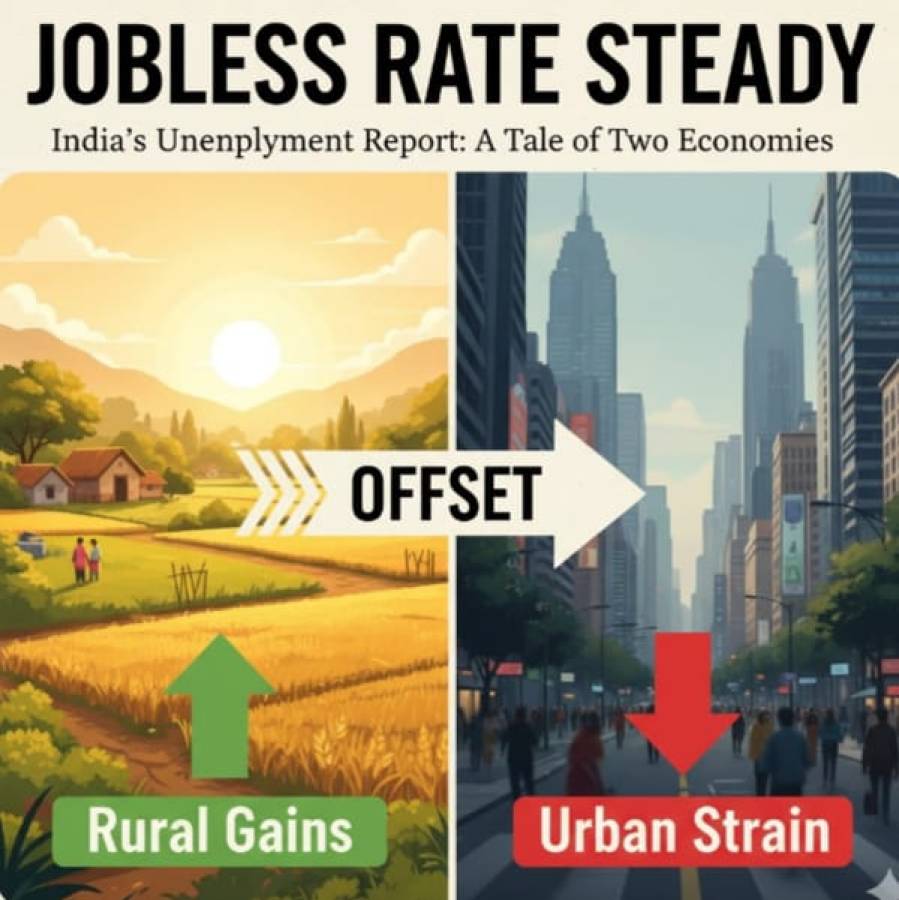.jpeg)
The gig economy has become one of the fastest growing areas of work in India. From app-based home services to delivery jobs, it promises women flexible opportunities to earn an income while managing household responsibilities. At first glance, this new world of work appears to empower women by offering them a way to balance personal and professional duties. Yet, when we look closely, the picture is not as bright. Many women workers face serious obstacles in digital access, financial independence, safety, and social protection.
The first and most visible challenge is the digital divide. To join a gig platform, one must have a smartphone and reliable internet. Yet official statistics show that more than half of rural women in India do not have their own phone. Even in cities, where phone ownership is higher, the percentage of women with smartphones lags far behind men. This unequal access prevents many women from even entering the gig economy. Those who do join often depend on second-hand or low-quality devices. Heavy gig applications frequently crash on such phones, leaving women unable to accept or complete assignments. What appears to be a small barrier becomes a serious limitation on their ability to earn and build a stable income.
Financial hurdles add another layer of difficulty. Many platforms require workers to make upfront investments. Women may need to buy licenses, vehicles, or tools depending on the job. For women from poor or marginalized backgrounds, these costs are often too high. Access to independent bank accounts is another challenge. Without a bank account in their name, women struggle to receive direct payments, build a credit history, or apply for small loans. As a result, some take loans from relatives or moneylenders before even starting the job. Instead of financial independence, they begin their journey with a burden of debt.
The issue of safety is even more pressing. Women who work in gig services often travel to unfamiliar areas or enter private homes for tasks. This puts them at risk of harassment or worse. Many women limit their working hours to avoid late-night jobs, which directly reduces their potential earnings. Public infrastructure rarely supports their needs. Lack of safe public transport, clean rest areas, or public toilets designed with women in mind makes long working hours extremely difficult. Safety concerns, therefore, not only create fear but also restrict economic opportunity.
Another disadvantage lies in the way gig workers are classified. Most platforms identify them as independent contractors, not employees. This means they are excluded from labour protections that traditional workers enjoy. They do not receive paid leave, maternity benefits, health insurance, or pensions. Any illness or break from work results in immediate loss of income. The Central Code on Social Security 2020 did define gig workers and promised welfare schemes. However, the progress in turning these promises into real benefits has been slow. In practice, most women gig workers remain without a safety net.
These structural problems make women’s place in the gig economy precarious. On one hand, they gain a flexible way to earn money. On the other hand, the same system places heavy burdens on them without offering enough protection. It reflects how existing gender inequalities in society are transferred into the world of digital platforms.
For the gig economy to truly empower women, meaningful reforms are necessary. Bridging the digital divide is the first step. Women need affordable access to smartphones and the internet. Financial inclusion must also be prioritized. Women should have easier access to bank accounts, small credit, and financial training. Platforms themselves must take responsibility for safety. Clear safety protocols, background checks for customers, and emergency support systems can make a huge difference. Finally, governments must ensure that gig workers are covered by social security, health care, and insurance. The responsibility cannot remain with the individual woman alone.
The story of women in India’s gig economy is one of opportunity mixed with struggle. It shows how modern technology can open doors but also how these doors remain blocked unless society addresses deep-rooted inequalities. Only when digital access, financial independence, safety, and social protection come together can gig work become a truly empowering path for women in India.





















